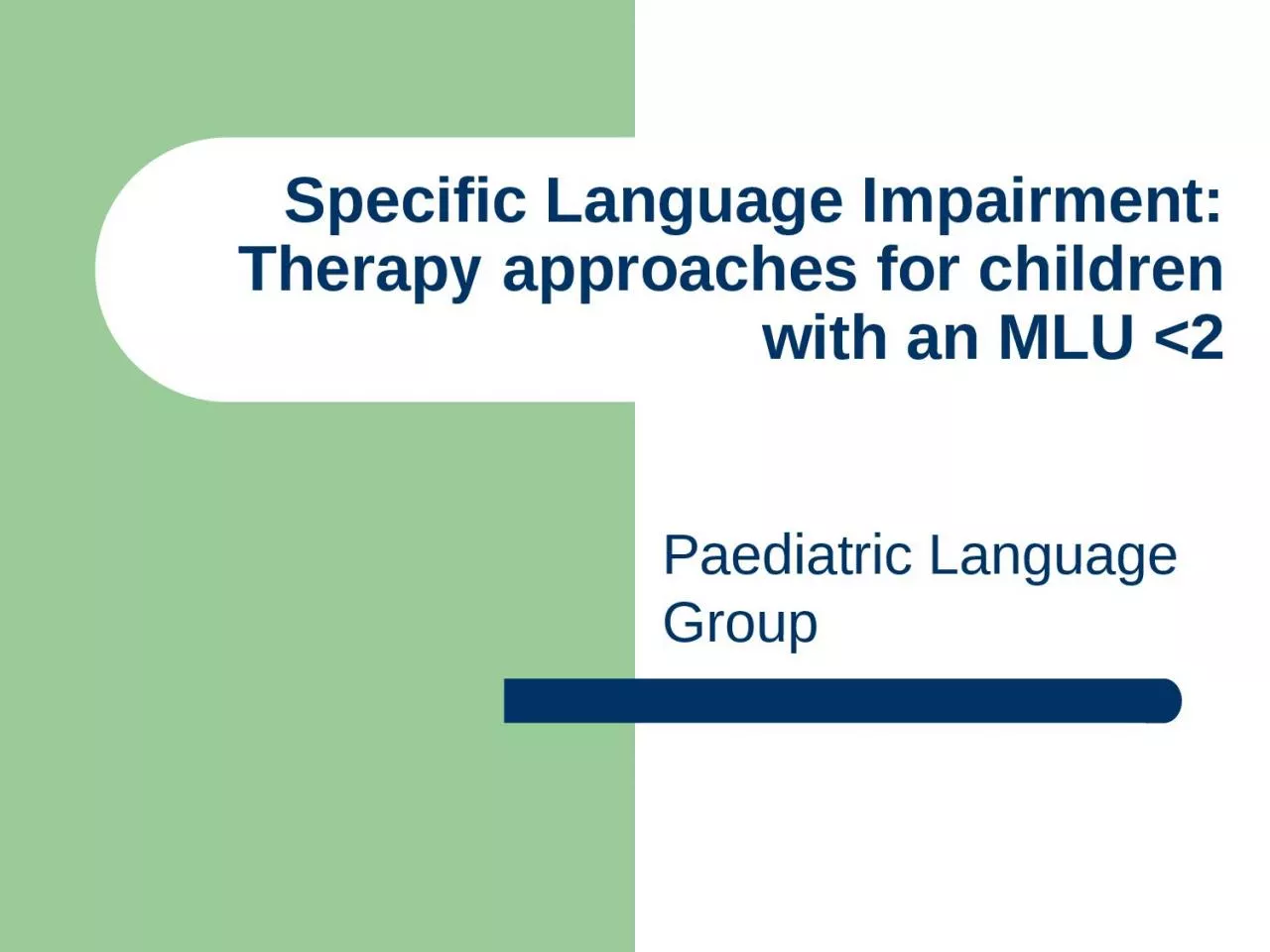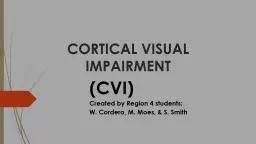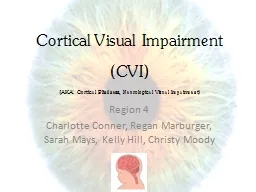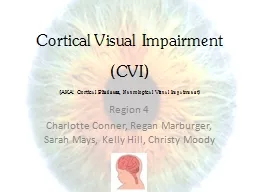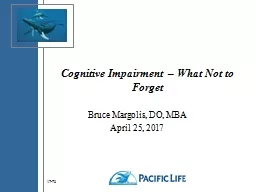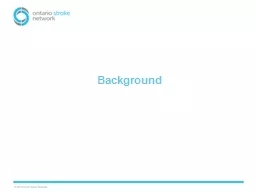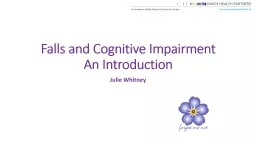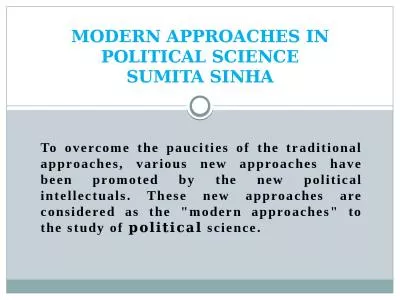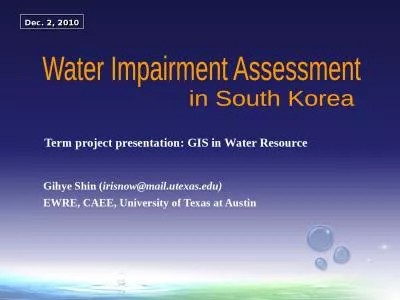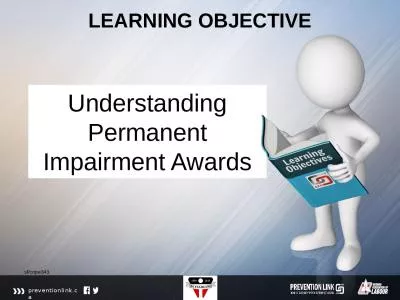PPT-Specific Language Impairment: Therapy approaches for children with an MLU <2
Author : scarlett | Published Date : 2024-03-15
Paediatric Language Group Paediatric Language Group Recap Last year we looked at impact of dosageintensity of treatment on outcomes What was the optimum dosageintensity
Presentation Embed Code
Download Presentation
Download Presentation The PPT/PDF document "Specific Language Impairment: Therapy ap..." is the property of its rightful owner. Permission is granted to download and print the materials on this website for personal, non-commercial use only, and to display it on your personal computer provided you do not modify the materials and that you retain all copyright notices contained in the materials. By downloading content from our website, you accept the terms of this agreement.
Specific Language Impairment: Therapy approaches for children with an MLU <2: Transcript
Download Rules Of Document
"Specific Language Impairment: Therapy approaches for children with an MLU <2"The content belongs to its owner. You may download and print it for personal use, without modification, and keep all copyright notices. By downloading, you agree to these terms.
Related Documents

